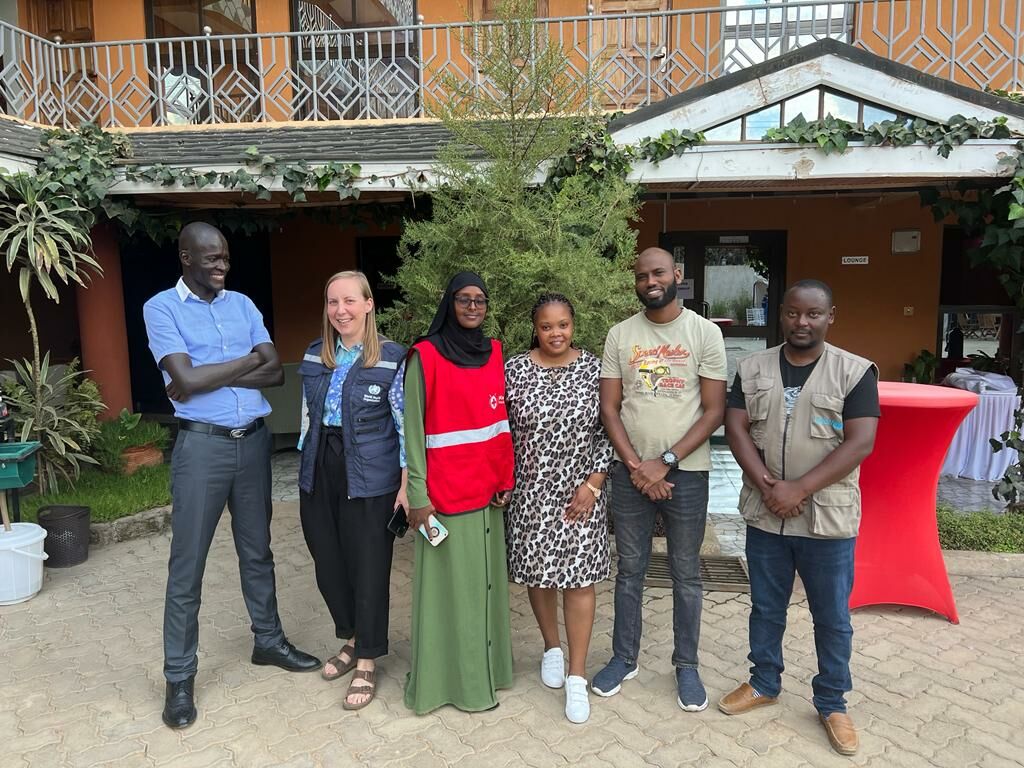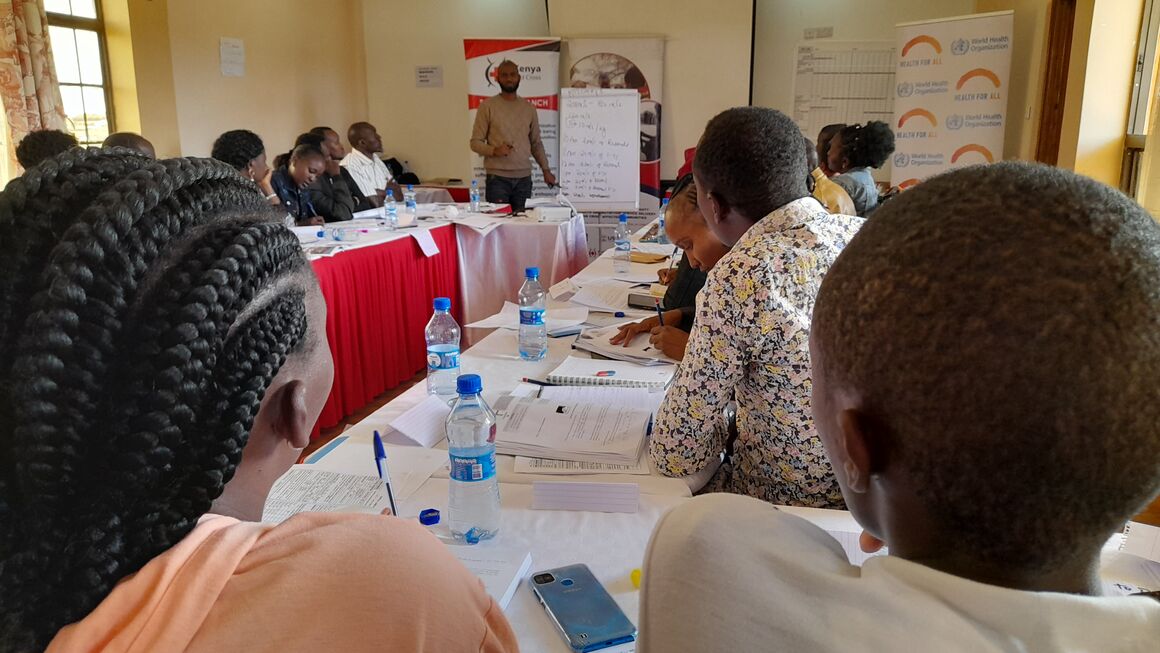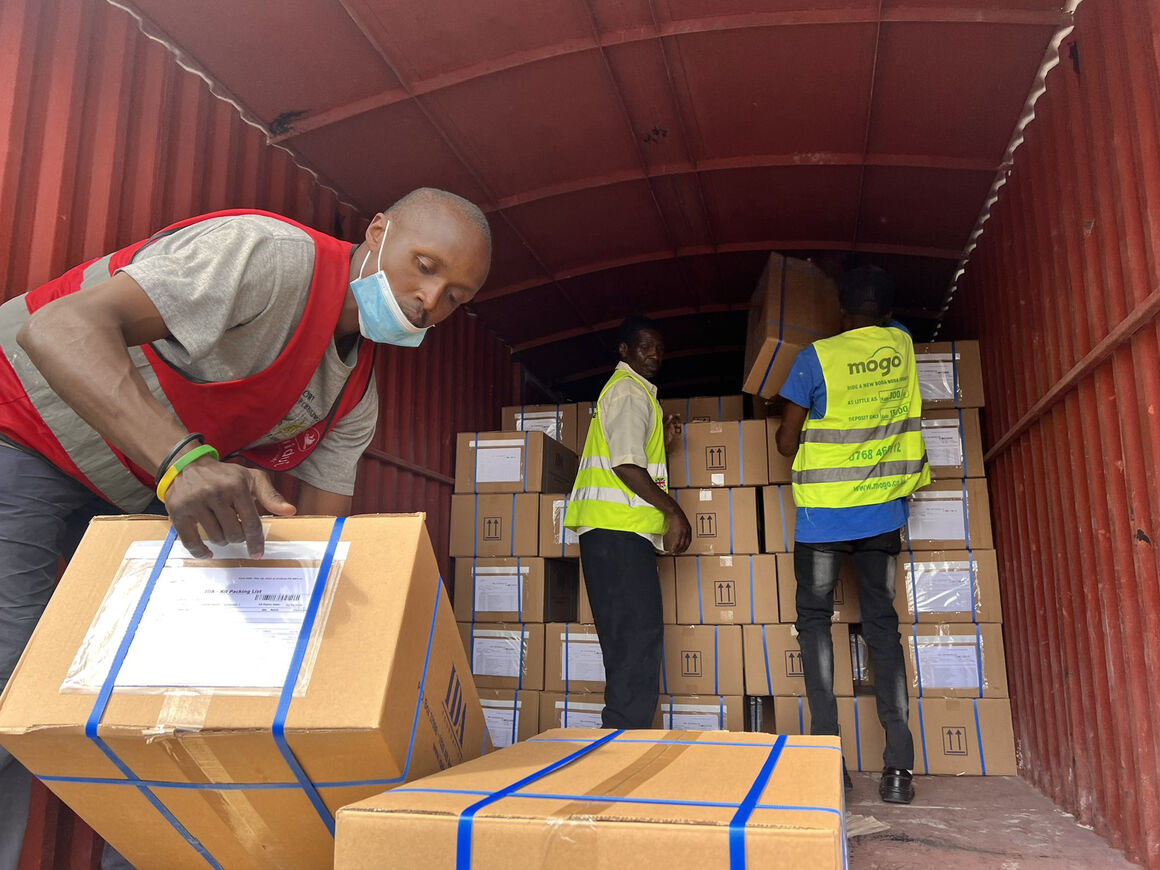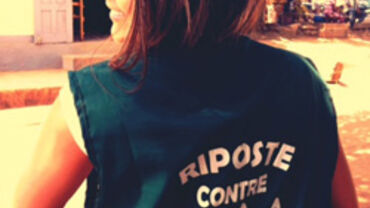Postcard from the field: Supporting the Greater Horn of Africa drought and food insecurity emergency response
Charlotte Salgaard Nielsen, EPIET fellow at the Health Protection Surveillance Centre in Ireland (C2021), went on a GOARN deployment to support the Greater Horn of Africa Drought and Food Insecurity Emergency Response. This is her postcard from the field.

Report from EPIET fellow Charlotte Salgaard Nielsen:
The Greater Horn of Africa is currently facing the worst drought in recent decades, placing millions at risk of acute hunger. Along with years of conflict and instability in the region, the impact of the COVID-19 pandemic, and rising food prices, the drought has dramatically worsened food insecurity, malnutrition rates, the spread of communicable diseases, and the service coverage and effectiveness of health services.
The Global Outbreak Alert and Response Network (GOARN) requested assistance to the Greater Horn of Africa Drought and Food Insecurity Emergency Response in July 2022. I was offered a position as Nutrition Expert in support of the WHO Country Office in Nairobi, Kenya, and headed off, excited to contribute to such a significant situation.
During emergencies such as this, malnutrition rates and mortality often increase dramatically. Those who are already malnourished are more susceptible to illness and to death. On arriving, it was clear to me that the nutrition situation in Kenya had significantly deteriorated since the same season the previous year, which emphasised the importance of considering nutrition actions as an integrated part of the emergency response. As Nutrition Expert, my task was to provide technical support to the WHO Country Office and their partners in the planning and implementation of the nutrition programme.
This will give a glimpse into some of the main nutrition actions during the two-month deployment in Kenya:

A series of trainings in the Integrated Management of Acute Malnutrition (IMAM) were being conducted to build capacity among healthcare workers at community and health facility level. We worked closely with the Ministry of Health and coordinating health partners to ensure the delivery of the IMAM trainings at national level. At that moment facing a protracted drought and food insecurity situation, which put pressure on service delivery, these trainings constituted a crucial activity as they would equip healthcare workers to correctly screen and diagnose malnourished children, and to treat severe cases. In this context, I had the valuable opportunity of travelling to Samburu County to oversee one of the trainings. I was amazed by the dedication of the facilitators and the progress of the participants during the six-day training, in which they gained knowledge to bring back to their respective workplaces in the management of vulnerable children.
A critical relief activity was triggered with the identification of supply gaps earlier in 2022. WHO responded by procuring emergency supplies of Interagency Emergency Health Kits (IEHK) and nutrition commodities. During my deployment, I took part in the technical discussions on the distribution of these supplies to ensure that they would reach those most in need. Following the arrival of nearly 2 000 health kits (with basic medicines and medical supplies), a flag-off event marked the official start of their journey to the most severely affected counties in Kenya. In order to document the delivery, the team accompanied the consignment to Kajiado County. We were left with gratitude for the welcoming by the county government and hope that the supplies would make a true difference in the communities and to those patients seeking care.

The procured nutrition commodities were due to arrive. They consisted of therapeutic milk and foods essential to the management of acute malnutrition, and aimed to equip healthcare workers in the worst affected areas to stabilise severely malnourished children admitted with medical complications, and to ensure that the same children transition to outpatient management and return to a normal diet.
Other emergency activities included strategic planning to guide the emergency response of 2023, documentation efforts of the drought response, as well as stakeholder engagement to strengthen the existing surveillance system and reporting mechanisms.
At the end of my deployment, the emergency was far from over. I left with worry about the projected high levels of food insecurity, while at the same time feeling privileged to have positively contributed to the response and to the health of children in their early years – together with my dedicated colleagues in the WHO Country Office.
Asante sana!







